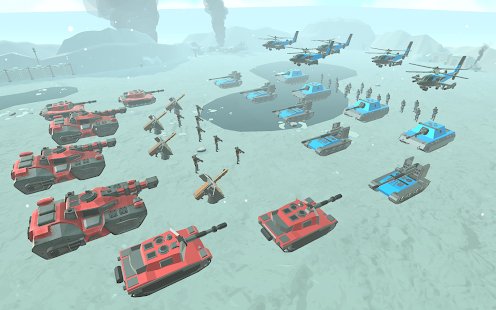by Charles Knight, 18 March 1988. PDF
In this previously unpublished paper from 1988, the author reviews various models for simulating war along the Central Front in Germany and their relevance for finding a stable conventional force balance in Europe (and elsewhere.) Force structures that tend to produce stable outcomes in battlefield simulations are likely to have more deterrent value in the real world.
“[C]omplex models [can] be very useful in distinguishing the conditions (i.e. force structures, tactics, and armaments) that produce chaotic, oscillating, or unstable outcomes from those that produce stable outcomes.
“The outcome of a conflict between balanced forces as currently structured is unknowable and unpredictable. This would seem to support the position that no stable conventional deterrent to war can be built, short of overwhelming superiority. If that was as far as our analysis went, we [might] end up giving support to flexible response doctrine with its fundamentally unstable nuclear deterrent component. Of course, the favored option is to model restructured conventional forces that can take us out of the chaotic conventional battlefield and give us stable outcomes.”

